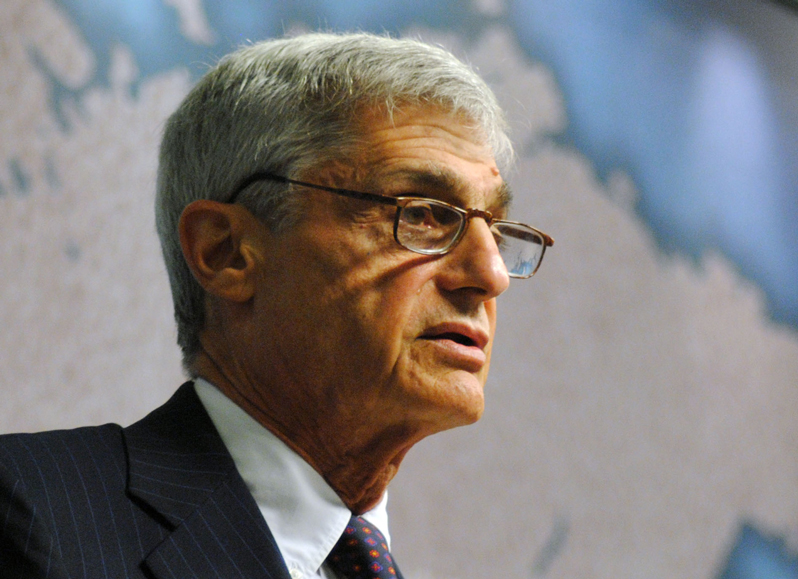The Shell Game of the Economic Elite’s Hamilton Project
The think tank created 10 years ago by ruling-class maestro Robert Rubin (pictured above) at the Brookings Institution has helped define the fake-progressive, neoliberal essence of the Barack Obama presidency. Robert Rubin. (Wikimedia Commons)
1
2
Robert Rubin. (Wikimedia Commons)
1
2

Robert Rubin. (Wikimedia Commons)
Independent journalism is under threat and overshadowed by heavily funded mainstream media.
You can help level the playing field. Become a member.
Your tax-deductible contribution keeps us digging beneath the headlines to give you thought-provoking, investigative reporting and analysis that unearths what's really happening- without compromise.
Give today to support our courageous, independent journalists.






You need to be a supporter to comment.
There are currently no responses to this article.
Be the first to respond.